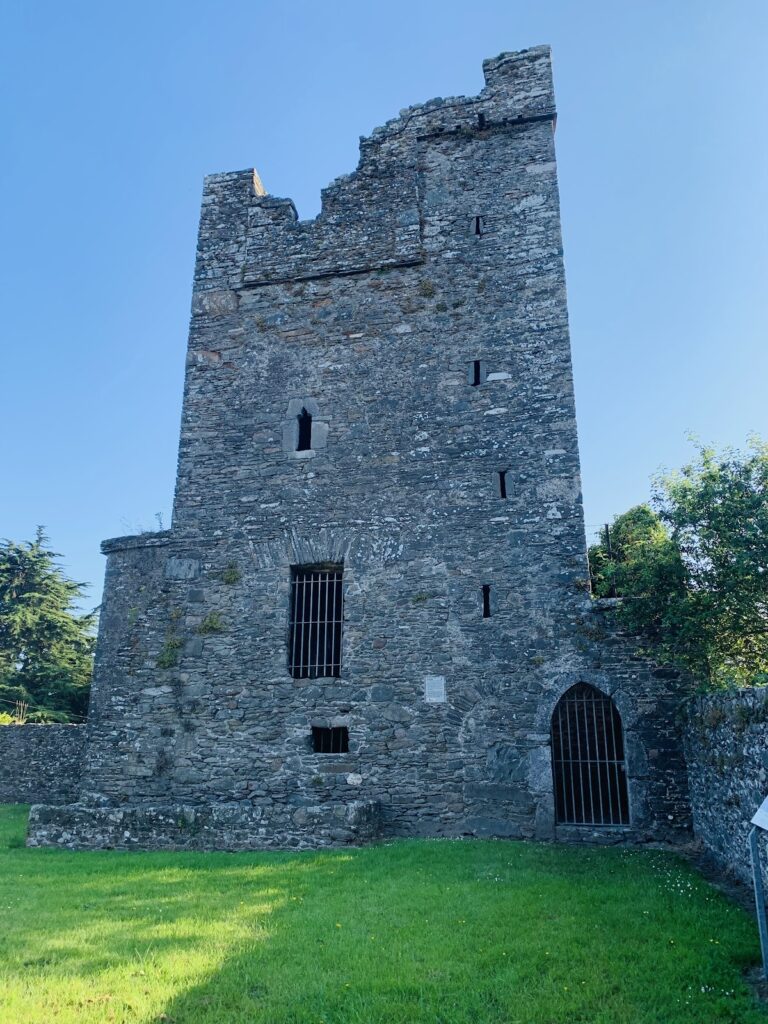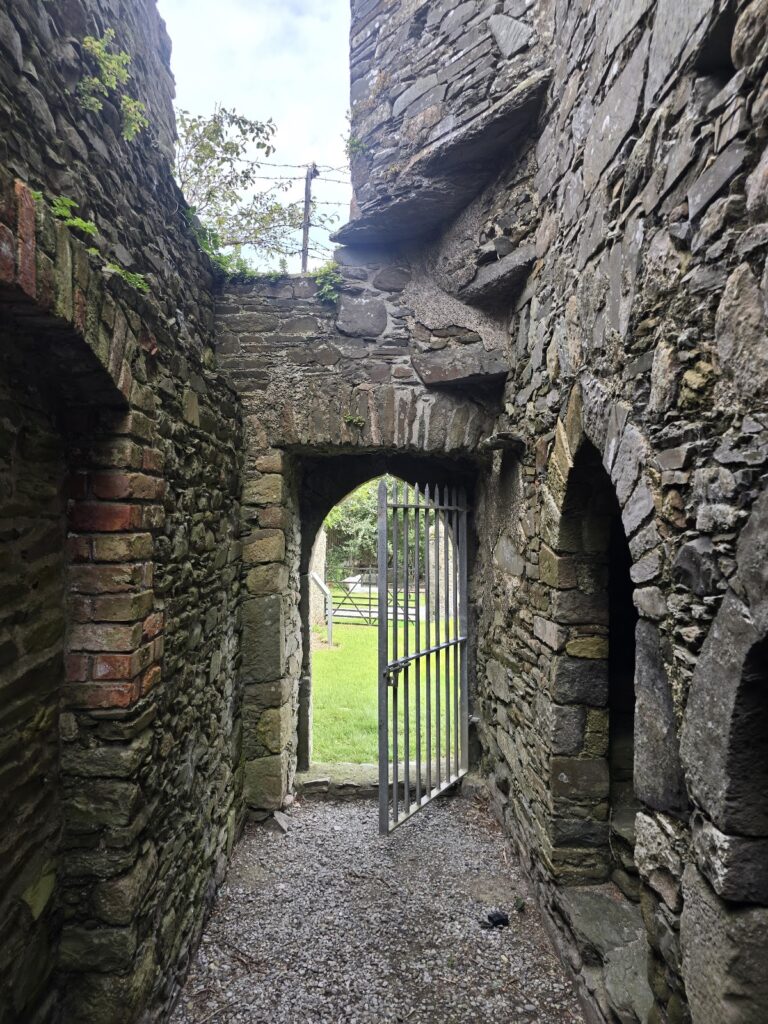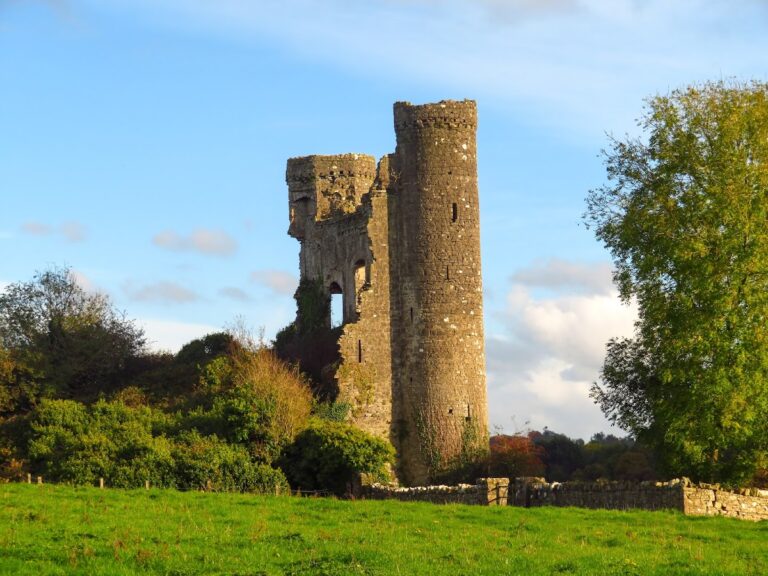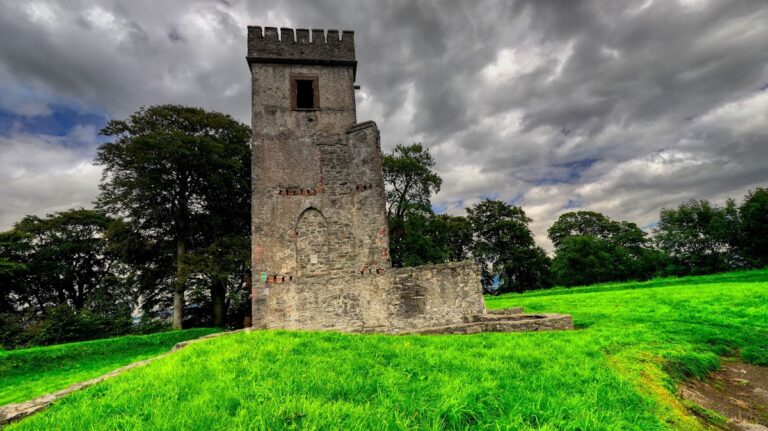Termonfeckin Castle: A Medieval Fortress and Monastic Site in Ireland
Visitor Information
Google Rating: 4.1
Popularity: Very Low
Google Maps: View on Google Maps
Country: Ireland
Civilization: Unclassified
Remains: Military
History
Termonfeckin Castle is situated in the town of Termonfeckin in Ireland and was originally established by the early Christian community. The site began as a monastery founded in the 7th century by Saint Fechin Fora. Over time, this religious settlement faced numerous attacks, including a Viking raid in 1013 and an assault by the Irish clan Uí Críchán Fáinne in 1025. Further devastation occurred in 1149 from raiders coming from the Kingdom of Brega, highlighting the turbulent nature of the area during the medieval period.
In the 12th century, a new religious presence took form when an Augustinian monastery was established on the site. This monastery initially served male religious members but later included a female community as well. Its religious function came to an end in 1540 when King Henry VIII ordered the dissolution of monasteries during the Reformation, a significant moment in Irish ecclesiastical history that affected many such institutions.
The construction of the castle itself dates to the 15th century. Built during the late medieval period, it became a stone fortress featuring characteristic triangular stone-framed windows. In 1641, during the suppression of the Irish rebellion led by Cromwellian forces, the castle sustained damage. Restoration was completed afterward by Captain Brabazon, who returned the building to a stable condition.
Close to Termonfeckin Castle once stood Primacy Castle, known as the residence of the Archbishop of Armagh, with notable occupants including Richard Craig and James Ussher during the early to mid-17th century. That castle was destroyed during Cromwell’s campaign in 1641 and ultimately demolished in 1830, removing another key ecclesiastical seat from the landscape.
Nearby, Saint Fechan’s cemetery contains a 9th-century High Cross that bears rich symbolic decoration. The east side of this cross displays a winged figure over the crucifixion scene, while the west features Christ in glory. These religious images are enhanced by intricate Celtic geometric patterns covering the remainder of the stone. An inscription carved into a stone near the cross includes a prayer for Ultan and Duach, who are credited with making the cross, providing a rare link to the artisans of the time.
In the 18th century, a building named An Grianán was erected near the castle site. It holds historical significance as Ireland’s first adult education establishment before later serving as a horticultural college, marking the continued use of the area for learning purposes well beyond the medieval period.
Remains
The castle at Termonfeckin is a rectangular stone fortress rising three stories high, exemplifying late medieval military architecture. Its sturdy walls contain narrow openings called arrow slits, designed for defenders to launch projectiles while remaining protected. An arched entrance admits access to the interior. Two of the fortress’s corners, to the north and south, are fortified with watchtowers that provided elevated positions for surveillance and defense.
Within the northeast corner of the castle remains a spiral staircase, a vertical helical flight of steps traditionally used to provide access between floors and up to the roof. This staircase leads to the roof, which has an unusual stepped design uncommon among similar structures of the period.
On the interior, a delicate stone vault spans the second floor. A vault is an arched form made from stone or brick used to support the ceiling or roof above. This particular vault is noted for its thinness, indicating skilled masonry. Above, the third-floor room is roofed using a technique that recalls the Neolithic megalithic construction found at Newgrange, an ancient monument recognized for its corbelled roofing method. This demonstrates a remarkable continuity or revival of ancient building methods into the medieval era.
The triangular stone-framed windows are a distinct feature, creating a recognizable appearance that sets this castle apart from others of comparable age. These windows also reflect defensive considerations by allowing light and air in while being challenging targets during an attack.
Currently, Termonfeckin Castle survives in a partially preserved state with some sections of its original structure intact but incomplete. The combination of fortified elements and unique construction techniques offers valuable insight into the design and function of smaller medieval strongholds in Ireland.
Adjacent to the castle, the 9th-century High Cross at Saint Fechan’s cemetery remains in situ. This stone monument is elaborately decorated, with a winged figure above the crucifixion on its east face and a portrayal of Christ in glory on the west. Celtic geometric motifs cover the rest of the cross’s surface, reflecting the artistic traditions of early medieval Ireland. The nearby inscribed stone invoking Ultan and Duach as makers anchors this monument in a personal and historical context.
Together, these remains demonstrate the long and layered history of the site, spanning early Christian religious activity, medieval fortification, and later educational uses within the vicinity.










